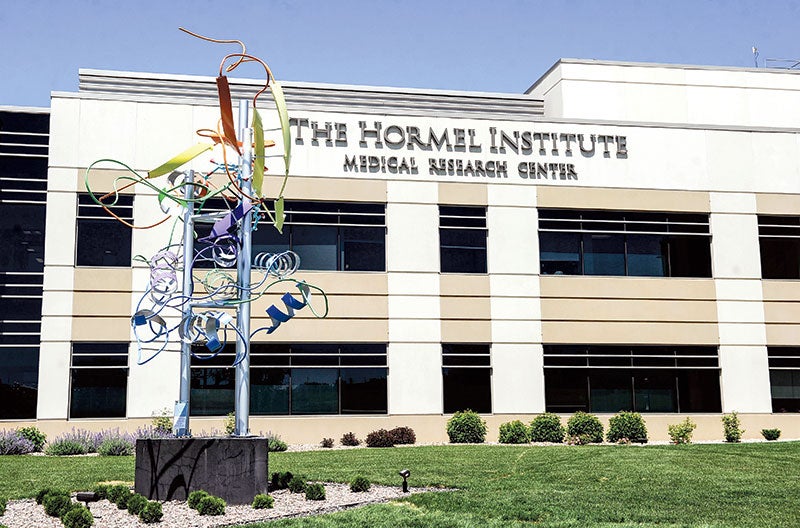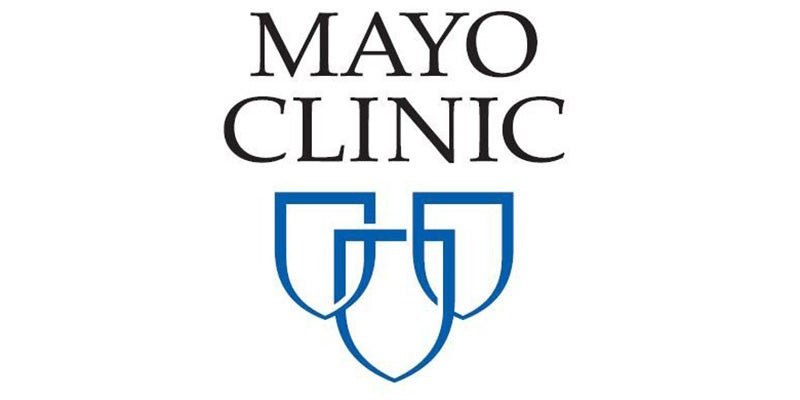Is there a doctor? Medical workforce shortage already affects region
Published 8:13 am Friday, July 15, 2016
By Trey Mewes
The Mankato Free Press
MANKATO — Steve Gottwalt likes to surprise lawmakers with what he calls a remarkable statistic.
As the executive director of the Minnesota Rural Health Association, Gottwalt knows the difficulties behind getting quality medical care in Greater Minnesota. That’s why, when speaking with state legislators, he tells them about the kind of access people have to their doctor.
“If you’re in Minneapolis, you have almost 1 M.D., or medical doctor, for every 300 people,” he says. “When you go to rural, and deep rural Minnesota, that’s as many as 2,000 people.”
Physicians have been in demand across the state for decades, but a looming boom in retirees has industry experts calling on lawmakers and medical companies alike to create more solutions and improve access to medical care before it becomes a problem.
Yet for many south-central Minnesotans, it’s already difficult to access medical care.
Parts of Blue Earth, Waseca, Faribault, Freeborn and Brown counties are considered to be medically underserved either geographically — meaning there’s a ratio of one doctor to 3,500 patients or more — or because there aren’t enough doctors to treat low-income populations, according to the Minnesota Department of Health.
There are far worse shortages in specialized medical fields. Blue Earth, Watonwan, Fairbault and Martin County don’t have enough dentists to meet low-income patient demand. And only southeastern Minnesota and the Twin Cities metropolitan area have enough mental health professionals to meet patient needs.
Those needs will only grow during the next decade.
“We’re facing a real need right now,” said Dr. John McCabe, director of the University of Minnesota’s Mankato Family Medicine Residency Program.
Greater Minnesota’s population is aging at a faster rate than urban Minnesota — meaning there are more older people aging in rural parts of the state.
And more doctors will be needed as baby boomers age out of the workforce — a trend demographers are calling the “silver tsunami” of retirees across the U.S., which typically need more medical care than younger people.
“It lays out, demographically, a pretty tough situation going forward where we expect labor supply to continue to be a challenge,” said Susan Brower, Minnesota’s state demographer.
What the shortage means
The U.S. will need about 90,000 more doctors by 2025 to meet incoming medical demands, according to the Association of American Medical Colleges.
That shortage particularly affects rural areas, which have older people who live farther away from medical facilities compared to their urban counterparts. It’s not a new phenomenon, but it will have harsh consequences for Minnesota, as more than half of the state’s population still live in rural areas.
“It’s really the areas that have been losing the younger generations for some time,” Brower said.
The Mankato area is faring better than most when it comes to medical access. With two hospital systems and several area colleges, Mankato-area residents are statistically in a good position to have ongoing access to medical care.
That’s not enough to solve access issues, however.
Transportation is a large part of the state’s medical access issues. And area organizations keep busy driving patients to their medical appointments.
“The majority of our rides tend to be medical,” said Carol Clark, transportation manager for VINE Faith in Action. “That’s our primary rides that we do.”
The Mankato-based interfaith volunteer organization transported people in Blue Earth, Nicollet and Le Sueur counties to medical centers 2,033 times in 2015. Of that, 1,135 rides were for senior citizens.
In addition, south-central Minnesota faces the same sort of underemployment issues hurting rural regions across the U.S.
That’s what makes initiatives like the Minnesota Valley Action Council’s Wheel Get There program so popular. The Mankato office’s transportation program sells donated cars for $400 to $700 dollars to buyers living in poverty.
Dan Jones, MVAC’s transportation manager, gets 6,000 calls each year for a car. MVAC usually receives about 150 donated cars a year, 200 at most. It takes two days at most to sell a car, and in some cases takes less than two hours.
Most people tell MVAC they need the car so they can get to the doctor.
“There’s a huge, huge need,” Jones said. “A significant number of my calls come from people who are on disability.”
Future care
Over the next two decades, more than 600,000 people are expected to reach age 65 or older, according to the U.S. Census Bureau and the Minnesota State Demographic Center. Minnesota’s population as of 2014 is 5.4 million.
At the same time, Minnesota’s medical care field — doctors, nurses, personal care assistants, hygienists, etc. — is expected to grow by tens of thousands of jobs by the year 2024.
“As employers have a hard time filling out jobs, what we hope is they’re not going to stop creating jobs,” Brower said.
In essence, the positions will only appear if there are candidates willing to take on those roles.
Solving that issue will require a lot more than just warm bodies in doctor jackets or nurse uniforms, however.
It’s going to take a concerted effort to improve access to health care while training more people to perform more tasks within their respective roles.
Ray Christensen, associate dean of the University of Minnesota — Duluth Medical School, believes primary care physicians, or general practitioners, will have a larger role to play in medical care. While many medical students choose specialized fields to pursue their careers, there’s an increasing need for primary care doctors in family medicine, pediatrics and geriatrics across the U.S.
Though hospitals rush to recruit doctors nowadays, Christensen believes there could be a point where demand for specialists decrease because there could be too many of them filling roles that better suit a general practitioner.
“As of now, there’s still a lot of places you can specialize,” he said. “In the long run … I’m not sure how sustainable that’s going to be.”
Yet the incoming senior boom means there’s little time for medical companies and policy makers to put solutions into place.
“They need to be educated on that and respond accordingly,” Gottwalt said. “The time is getting short.”
—Distributed by Tribune Content Agency.




